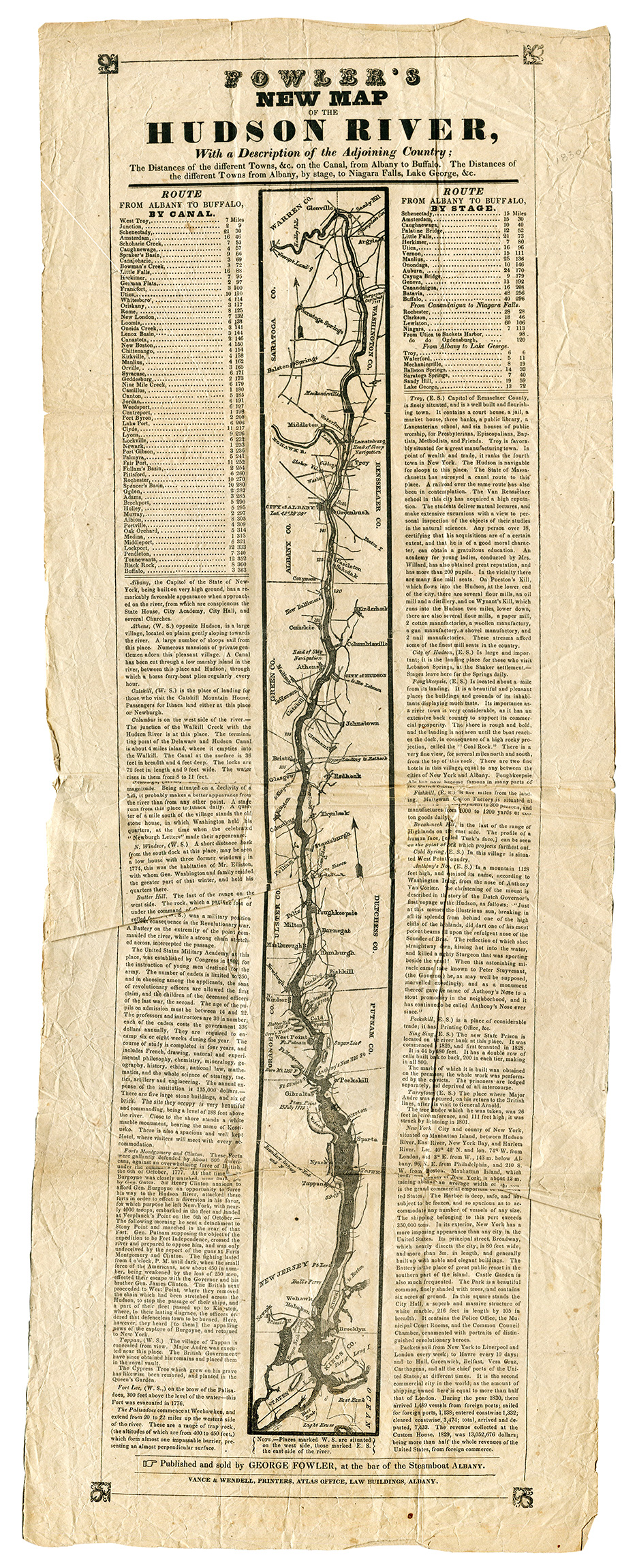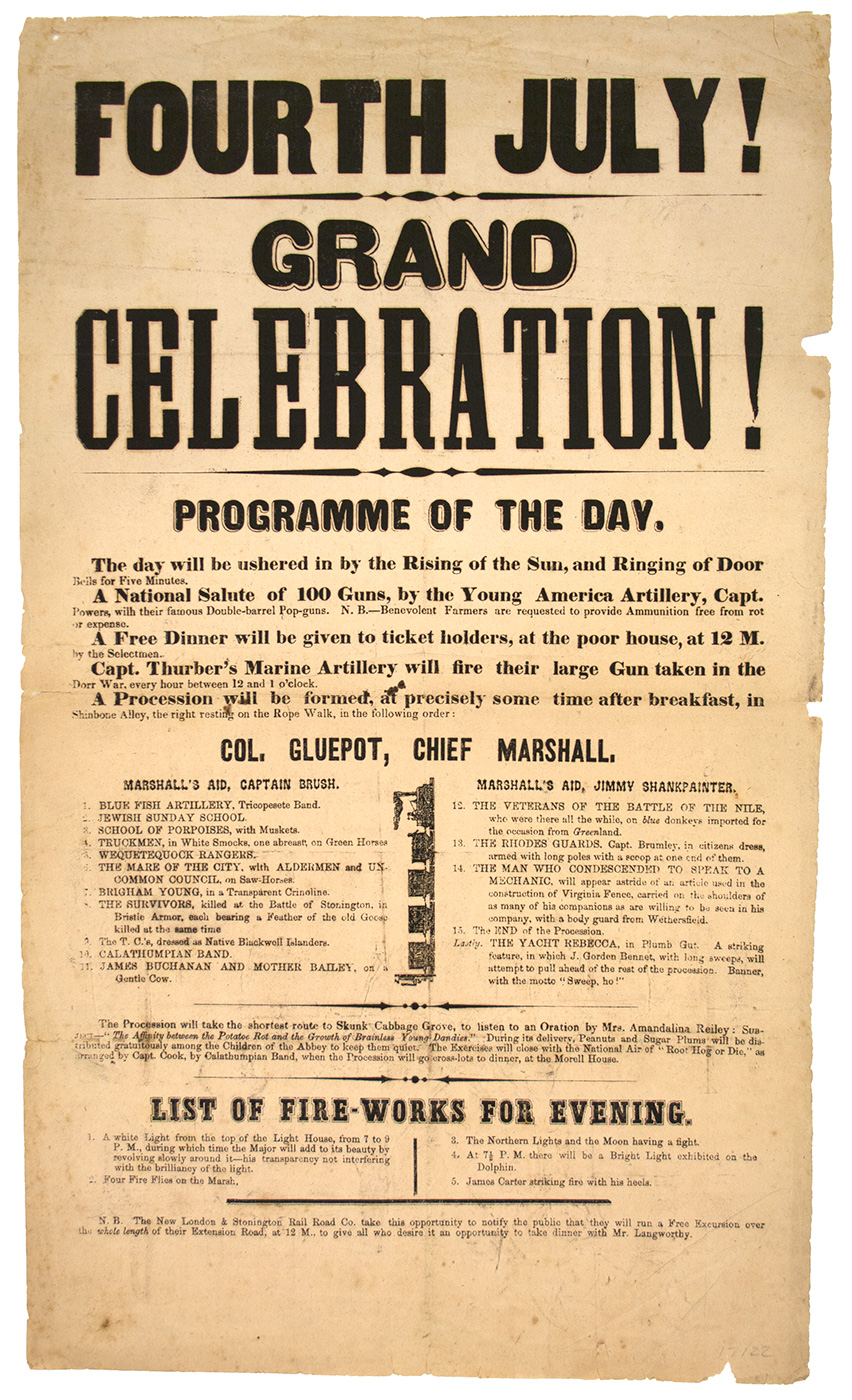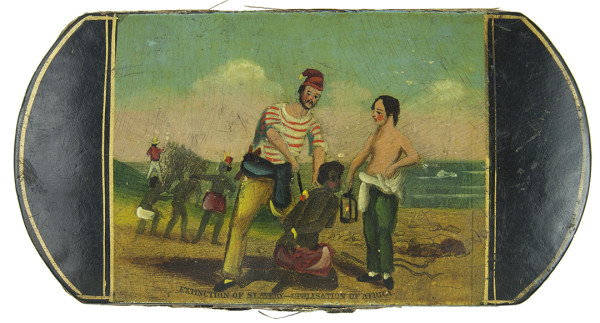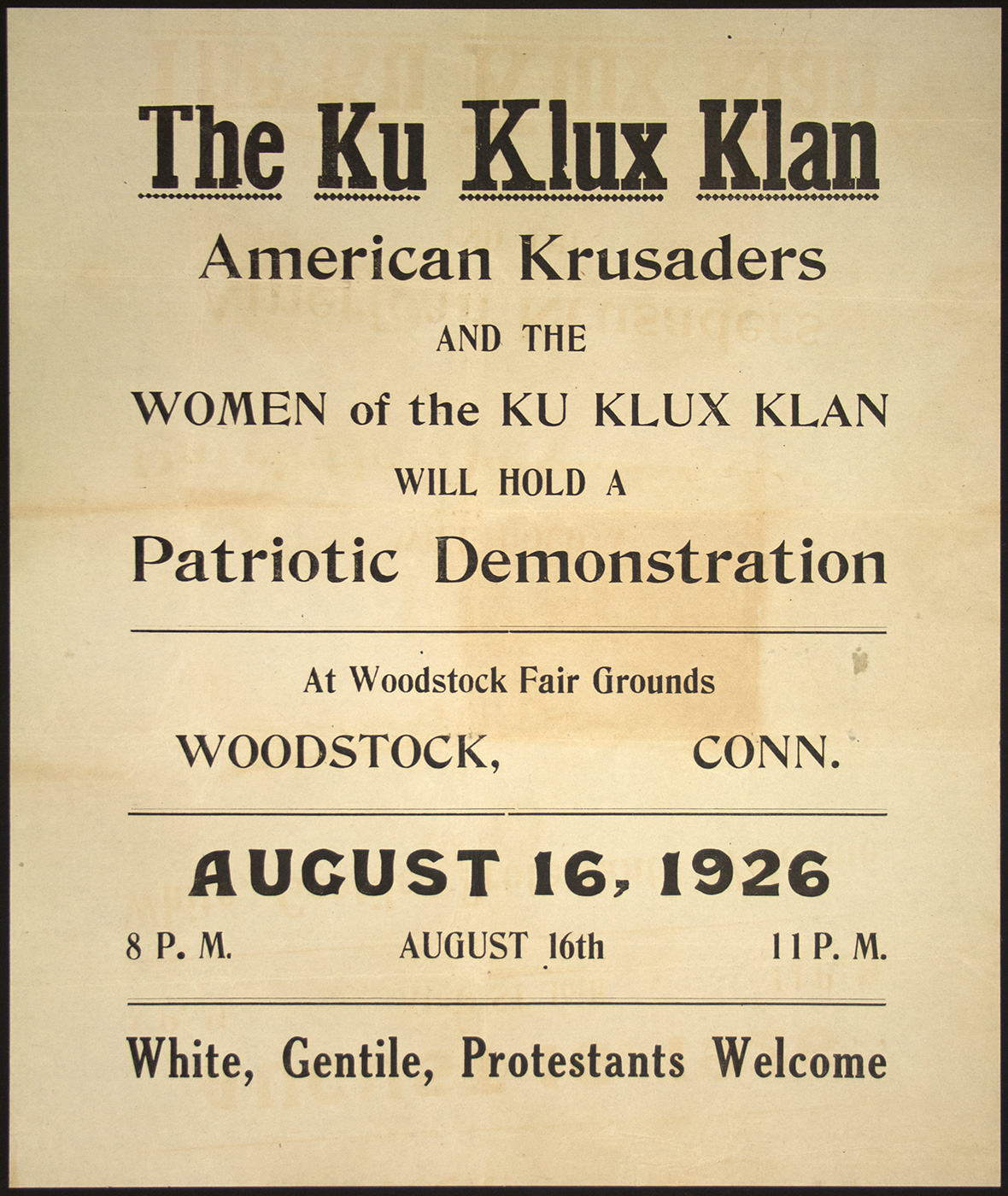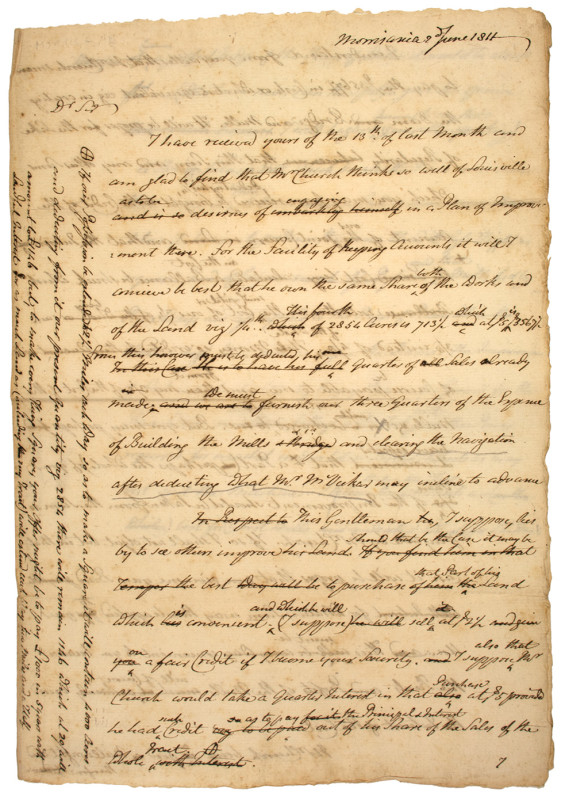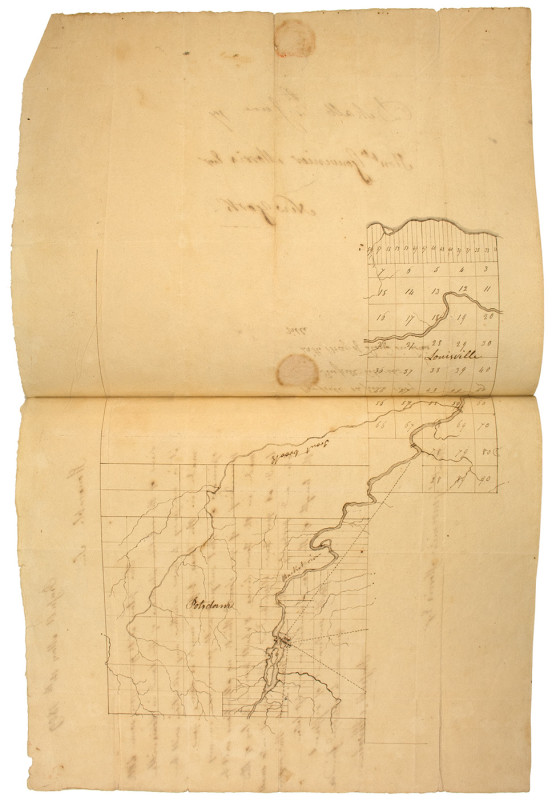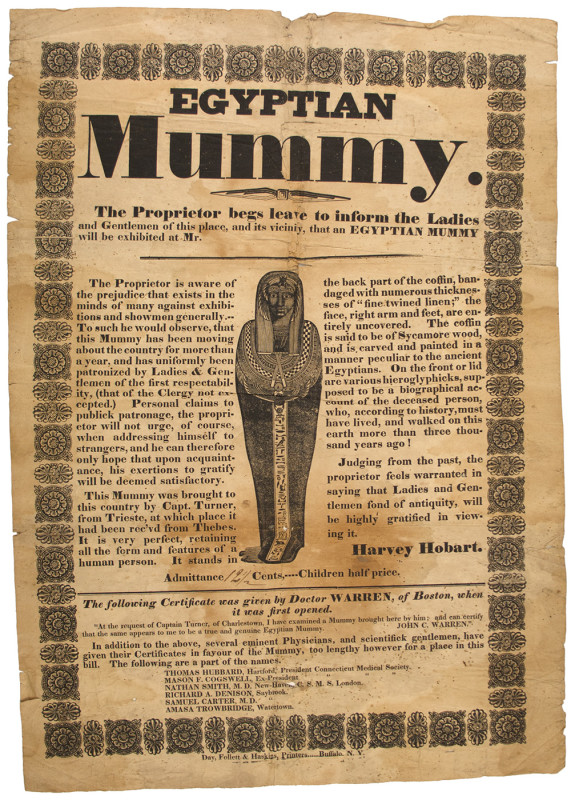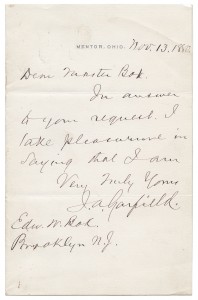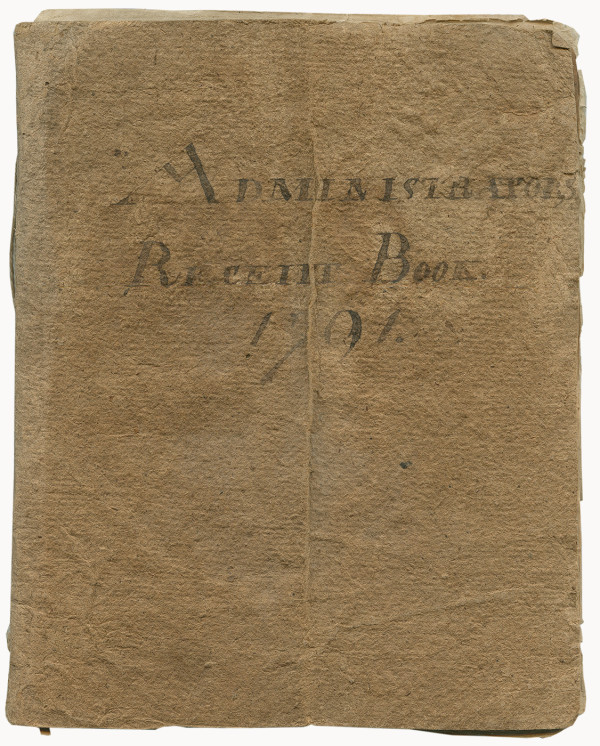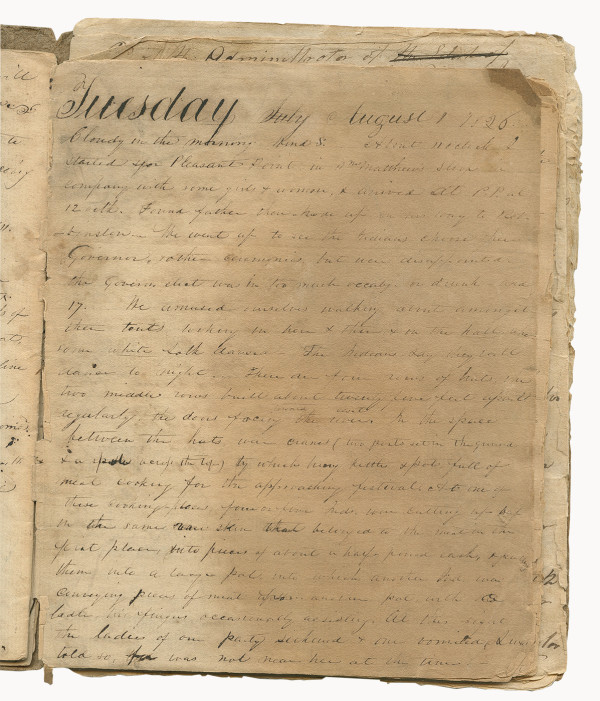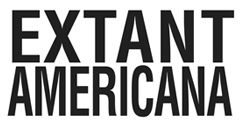“Everything suspicious on the River is fired at…“: an archive documenting David D. Porter’s command of the Mississippi River Squadron, 1862-1864.
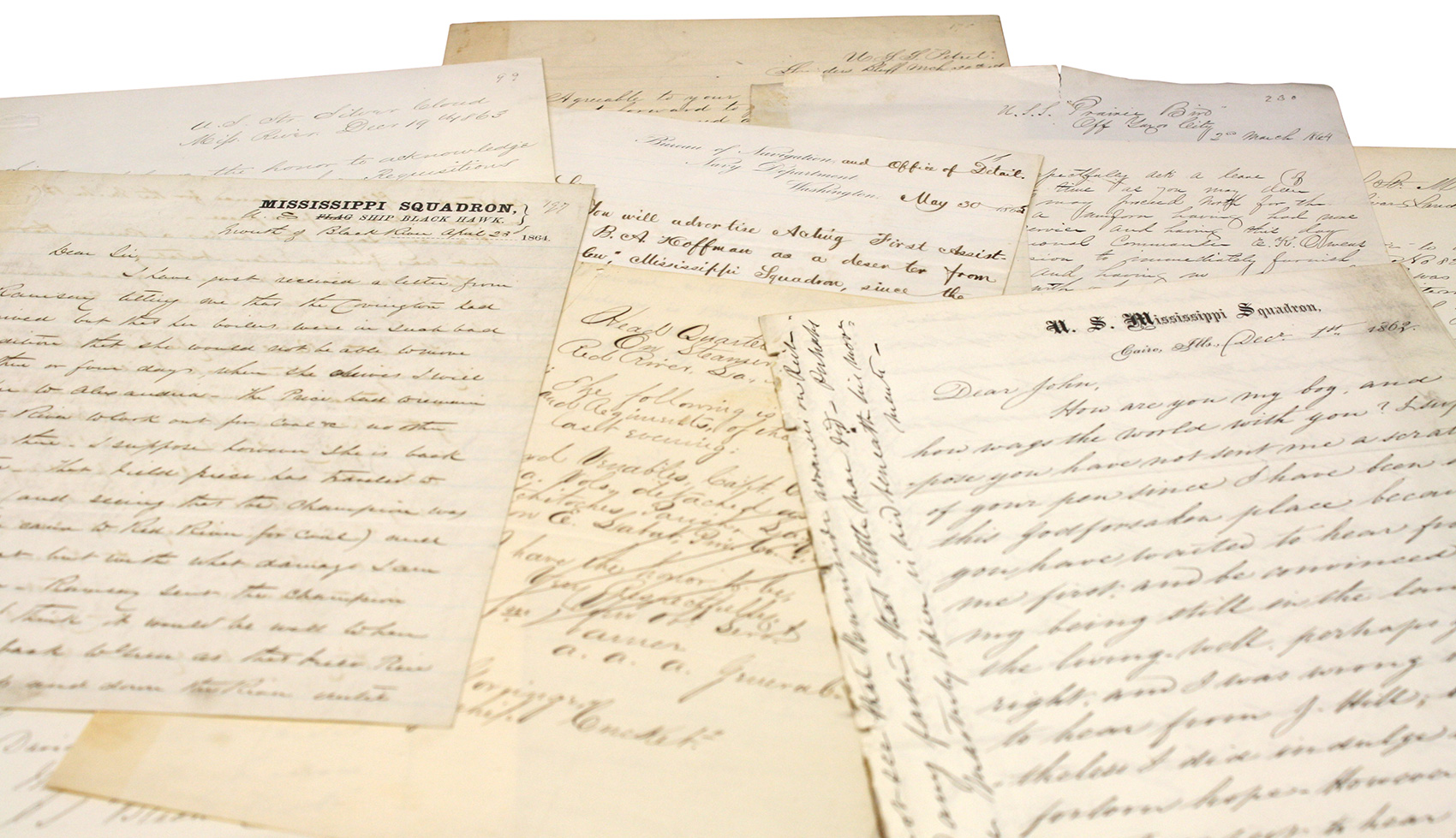 (Mississippi River Squadron) An important collection of ten (10) Letters Signed and Autograph Letters Signed by several Union naval officers, either stationed as part of, or related to the Mississippi River Squadron, 18pp., 1862-1865, mainly consisting of field reports directed to Rear Admiral David Dixon Porter, in command of the Mississippi Squadron, concerning the movements of Confederate forces and subsequent captures, escaped slaves (i.e. “Contrabands“), condition reports on various Union vessels, and administrative correspondence covering a variety of personnel issues.
(Mississippi River Squadron) An important collection of ten (10) Letters Signed and Autograph Letters Signed by several Union naval officers, either stationed as part of, or related to the Mississippi River Squadron, 18pp., 1862-1865, mainly consisting of field reports directed to Rear Admiral David Dixon Porter, in command of the Mississippi Squadron, concerning the movements of Confederate forces and subsequent captures, escaped slaves (i.e. “Contrabands“), condition reports on various Union vessels, and administrative correspondence covering a variety of personnel issues.
The Army initially had charge of the The Mississippi River Squadron, but was transferred to the command of the Union Navy by October 1862. Rear Admiral David Dixon Porter commanded the Mississippi Squadron from 15 October 1862 until July 1864, replacing Captain Charles H. Davis upon Davis’s appointment to Chief of the Bureau of Navigation. The majority of the letters included in this archive are addressed to Porter, reporting to him as commander of the Mississippi Squadron from the USS Silver Cloud, Prairie Bird, Gage, Essex, Marmora, Petrel, Hastings, and Black Hawk, all stationed in Mississippi or Louisiana. The content of the letters include administrative correspondence requesting leave and reporting for duty, as well as detailed reports of Rebel captures and important strategic information.
The earliest letter in the collection is of particular interest as it concerns the assumption of command by David Porter in October 1862, and his early efforts to strengthen the fleet for an anticipated operation to reopen the Mississippi River to Union ship traffic: an Autograph Letter Signed “D.V. Heck[?]” , 1 December 1862, 8pp., Cairo, Illinois, on Mississippi Squadron letterhead, likely to his son, offering a fascinating glimpse into the days immediately preceding the formation of the Mississippi Squadron, and the anticipatory excitement surrounding the squadron’s mission, reading in large part: “…I suppose you have not sent me a scratch of your pen since I have been in this Godforsaken place because you have waited to hear from me first, and be convinced of my being still in the land of the living… In the first place I arrived in Cairo, according to orders, on the 15th of Octr. I reached here in the morning and was very kindly received by Admiral Davis, whom I found a most polished and amiable gentleman. Admiral Porter arrived in the afternoon of the same day, and assumed command of the Miss. Squadron on the next Morning— If ever I earned my living it was during the first two weeks after my arrival in Cairo— I wrote by day, and I wrote by night & at all hours was driving my pen except when I was asleep or eating my meals— I only had one Clerk to assist me, and the work in the Admiral’s office was on par with that in the Navy Department… In the first place we are working like blazes here to get everything ready for the rise in the River, which is expected to take place very soon, when the Squadron will steam down the Father of Waters, and if its passage down the mighty stream is contested, why I guess there will be some hard blows given and some fellows will have their heads cracked. When all the vessels of the Miss. Squadron are ready for service, a very imposing force will be opposed to the enemy— But the latter also is not to be despised— we hear of several formidable batteries erected to contest our passage down the River, and up the Yazoo River are several Iron-Clad Rams ready to give Uncle Sam’s steamers a warm reception— Then there is Vickburg to pass, which will probably be no child’s play— But if the Mississippi River is ever to be opened, it will be done by Davy Porter— take my word for it— But it will not be done without hard fighting, for the Rebels are determined to keep the Western States from using this great thoroughfare of Commerce as long as it is in their power to do so— they hope by preventing the great West to send down to the seaboard and to the world her immense productions, that they will ‘Coerce’ this portion of the Country into negotiations of peace, & perhaps dispose it to join the Southern States— But I will drop politics. I am now living on board of a fine Mississippi Steamer boat called the ‘New Uncle Sam’. Admiral Porter purchased her for his head quarters, and is fitting her up in a very comfortable & handsome style— She is to be, when finished, a practice ship for the Squadron. She is being greatly strengthened for carrying guns, will have a regular crew of sailors and naval officers, and all on board will be conducted in complete man-of-war style— The Admirals’ Quarters are very fine, and I have as nice a state room as I could wish for, furnished with new furniture received from St. Louis. I mess with the Admiral, & we live high— great Country this for game of all kind— We have three clerks in the office now, so that I have but little to do, except to look around generally, and keep things in order. I get everything I want from the office from St. Louis… Lots of Contrabands arrive here from down River— some bring plenty of cotton with them which they say they have saved from ‘cotton burnins’. A party of niggers arrived here with 20 bails it is worth here 50 c pb. The gorillas were very troublesome when we first got here— but the Admiral has taken such severe measures with these fellows that they now are not heard of— Everything suspicious on the River is fired at…”
The balance of the collection also features a variety of good content, and is quoted below, in part “[19 December 1863, aboard the USS Silver Cloud, Mississippi River] I have the honor to acknowledge the receipt of blanks for Requisitions & Monthly returns of Contrabands… [15 March 1864, aboard the USS Marmora off Bolivar Landing, Mississippi] I have the honor to inform you that whilst passing Island No. 82 this Morning on my way to my station I was hailed by some people in quite a state of excitement requesting me to come to them which I instantly did. I was informed by them that a Rebel Officer had got off on the Island from the Continental whilst she was wooding there during the night and that he had with him a Trunk containing Rebel Uniforms etc. I instantly landed an armed force and from directions given by the people I proceeded in search of him. After a short search he was found and brought on board also a Trunk and Carpet Bag well filled with Articles for Rebel uses Uniforms, Cloths, Buttons, etc. The whole of the articles were bought in Saint Louis His name is John A. Tatum a citizen of Missouri and a resident of Saint Louis he acknowledges himself to be a Sergeant of the 1st Missouri Light Battery in the Rebel Service. I found a Flag of the Battery in the Trunk. He says that one of the crew of the Continental threw the Trunk and Bag overboard as the Sv. [?] as leaving the Island he having walked ashore without being suspected he declares on Oath that no persons but that man on the Boat knew anything about him the name of the man he will not give. I shall forward him by the first opportunity to Captain A.M. Pennock together with the articles… [30 March 1864, aboard the USS Petrel, Snyder’s Bluff, Mississippi] Agreeable to your orders I have the honor this day to forward to you a Photograph of this Vessel. As she appeared after the expeditions up the Yazoo and Sunflower Rivers. I will send you a large one when taken… [9 April 1864, aboard the steamer ship Hastings, Red River, Louisiana, to Captain Gorrigne aboard the flagship USS Cricket] The following is the names, rank, company and Regiments, of the two men captured last evening: Richard Venables, Capt. Co. ‘D,’ Crescent regiment Ga. Vols., detached as Enrolling Officer, Natchitoches Parrish, La., Jackson E. Labat, Priv. Co. ‘G’, 26 La. Inf… [23 April 1864, aboard the USS Black Hawk in the “Mouth of the Black River“] I have just received a letter from Ramsey telling me that the Covington had arrived but that her boilers were in such bad condition that she would not be able to move for three or four days…. That field piece has traveled to Fort Adams (and seeing that the Champion was not there— she came to Red River for Coal) and find on a boat but with what damage I am unable to learn— Ramsey sent the Champion right back— I think it would be well to have the Forest Rose back … as that field piece is bound to go up and down the River until captured— Splendid chance for the M & M Bs only 200 Rebs & one field piece. The carpenters shops are in great demand at Red River can I send the Samson to bring theirs down— The Little Rebel may be fixed where she is by having a stern deck built. I detached her comp offr and ordered [?] Kingof the Red River where Capt. Wells recommends very highly— The Chief Engr I told Ramsey to look after— he has been peddling with the negroes on shore— Hoop skirts &c.— so reported. The St. Clair brought up 25 men from the boat sent to Farragut as the Kenwood had only ten white men on board. I took half of them for her and sent the rest to Capt. Pennock, although they were sorely needed… [30 May 1865, the Bureau of Navigation, Washington, Acting Bureau Chief Joseph Smith to Commodore J.B. Hull, Philadelphia Navy Yard] You will advertise Acting First Assistant Engineer B.A. Hoffman as a deserter from the U.S.S. ‘Curlew’, Mississippi Squadron, since the 1st instant. No reward will be offered for his arrest. His residence is Brownsville, Pa. By direction of the Secretary of the Navy.” Another point of interest arises in a seemingly routine Manuscript Document Signed “Charles H. Burt” as Acting Second Assistant Engineer, to Rear Admiral David Porter, he reports for duty to the Iron Clad USS Essex off Red River on 8 March 1864, two days prior to the start of the Red River Campaign, a devastating Union failure embarrassingly lost to the far outnumbered Confederate troops led by Lieutenant General Richard Taylor.
Light toning soiling with typical edge wear including a few marginal tears, light creases and expected mailing folds, else fine condition. Together, ten pieces.
(EXA 5648) SOLD
